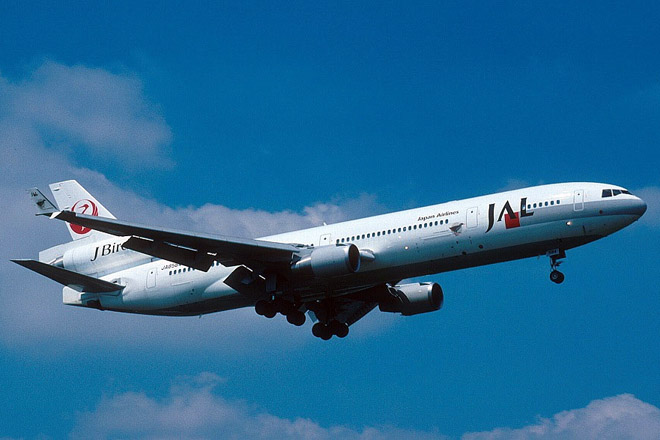NASA is funding the development of a prototype system to provide aircraft with updates about severe storms and turbulence as they fly across remote ocean regions, the agency said Tuesday in a press release, reported Xinhua.
Scientists at the National Center for Atmospheric Research (NCAR) in Colorado, in partnership with colleagues at the University of Wisconsin, are developing a system that combines satellite data and computer weather models with cutting-edge artificial intelligence techniques. The goal is to identify and predict rapidly evolving storms and other potential areas of turbulence.
"Turbulence is the leading cause of injuries in commercial aviation," said John Haynes, program manager in the Earth Science Division's Applied Sciences Program at NASA Headquarters in Washington. "This new work to detect the likelihood of turbulence associated with oceanic storms using key space-based indicators is of crucial importance to pilots."
The system is designed to help guide pilots away from intense weather. A variety of NASA spacecraft observations are being used in the project, including data from NASA's Terra, Aqua, Tropical Rainfall Measuring Mission, CloudSat and CALIPSO satellites.
The prototype system will identify areas of turbulence in clear regions of the atmosphere as well as within storms. It is on track for testing next year. Pilots on selected transoceanic routes will receive real-time turbulence updates and provide feedback. When the system is finalized, it will provide pilots and ground-based controllers with text-based maps and graphical displays showing regions of likely turbulence and storms.
"Pilots currently have little weather information as they fly over remote stretches of the ocean, which is where some of the worst turbulence occurs," scientist John Williams, one of the project leads at NCAR, said. "Providing pilots with at least an approximate picture of developing storms could help guide them safely around areas of potentially severe turbulence."
NCAR currently provides real-time maps of turbulence at various altitudes over the continental United States. Williams and his colleagues are building on this expertise to identify turbulence over oceans. The team has created global maps of clear air turbulence based on global computer weather models that include winds and other instabilities in the atmosphere. Drawing on satellite images of storms, the scientists also have created global views of the tops of storm clouds. Higher cloud tops often are associated with more intense storms, although not necessarily with turbulence.
The next step is to pinpoint areas of possible turbulence within and around intense storms. The team will study correlations between storms and turbulence over the continental United States, where weather is closely observed, and then infer patterns of turbulence for storms over oceans.
"Our goal is to give pilots a regularly updated picture of the likely storms ahead as they fly over the ocean, so they can take action to minimize turbulence and keep their aircraft out of danger," NCAR scientist Cathy Kessinger, a project team member, said.
NASA research to help aircraft avoid ocean storm, turbulence






